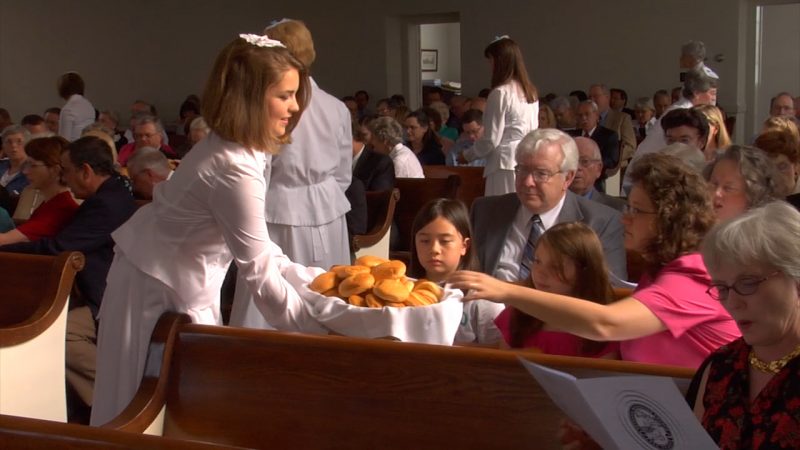Amidst the endless stream of research studies, news stories, and anecdotes that rightly report on religious decline across denominations and congregations, where are the signs of congregational life and vitality, and what can we learn from such settings? These are anchoring questions for our Canadian-based research team at the Flourishing Congregations Institute at Ambrose University.
When you consider the traits of a flourishing congregation, what would you include or exclude from your list, and why? In 2016 and 2017 our team of scholars with expertise in the social sciences, practical theology, and organizational as well as leadership studies set out to answer this question. We did so with interviews and focus groups with over 100 Catholic, mainline, and conservative Protestant church and denominational leaders in five Canadian regions. The image below captures our summation of those research findings, which we expand on in this article.
Three reflections for your consideration. First, different groups measure congregational flourishing in diverse ways. A group’s theological, historical, demographic, and ecological context informs what they think is worth counting. We are leery of presumptions that flourishing looks the same everywhere, or “do these five things and your church will flourish or grow.” For example, diversity as a marker of flourishing means something different to some Catholics, who may talk about ethnic or economic diversity among those in leadership or in the pews, versus a mainline Protestant, who might focus on gender or sexual orientation. Evangelism or discipleship might be supremely important to conservative Protestants, or innovation might stand out for recently planted congregations. Flourishing means understanding your own context and what matters most to your congregation.

Second, if your congregation is growing, does that mean it is flourishing, and if your church is not growing, does this mean you are not flourishing? Two distinct views emerged in our research. Some, notably from urban and growing contexts themselves, maintain that numerical growth in attendance, financial giving, membership, and so forth are important markers of flourishing. Others, usually from rural or declining settings, are less convinced. In places where demographics are not favorable to congregational growth – ageing populations, people leaving for jobs, and few people moving in – how is a congregation to think about flourishing? Transformed lives, having a positive impact in the neighborhood, and hospitable community for those in attendance are some of the responses to rise to the surface in our research. Certainly, congregations need numbers in order to remain viable, however flourishing may be about more than numbers.
Third, regardless of church size or growth/decline trajectory, most congregations flourish in some ways, and few congregations flourish in every way. Look at the image above again. When you consider your congregation, are there some areas where you see life, even if your church is not growing numerically? Do people feel welcome at your church? Are you willing to try new things, breaking from how things have always been done? Would you neighborhood notice if your church closed? On the other end of the continuum, no church is perfect. Even the largest and fastest growing congregations and their leaders face challenges.

Our team is currently analyzing survey data from over 9,000 congregants and we are about to conduct nearly a dozen case studies. Our hope is to tap into underlying processes and mechanisms that lay beneath different elements of congregational flourishing. We anticipate this research will help us to answer a common question raised by many church leaders: “how do we get from here to there?” Stay tuned and hopefully we can provide an empirically informed response to that question!

Joel Thiessen is Professor of Sociology and Director of the Flourishing Congregations Institute at Ambrose University in Calgary, Alberta, Canada. He is the author most recently of None of the Above: Nonreligious Identity in the US and Canada.

